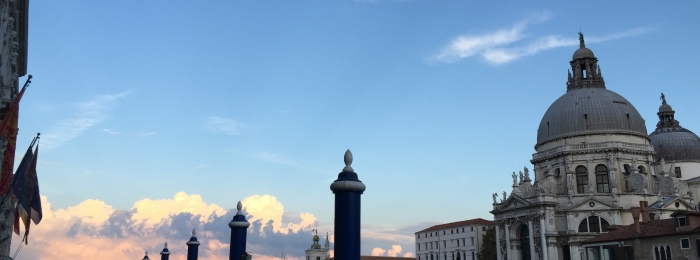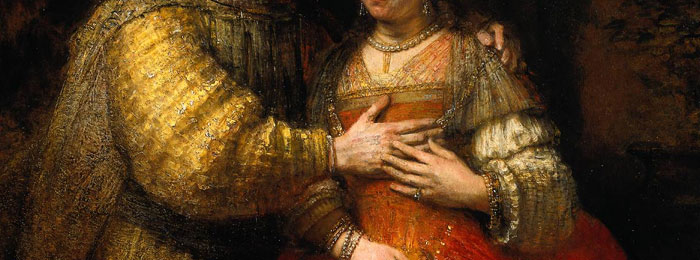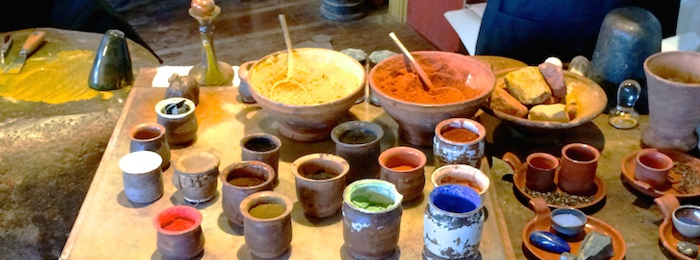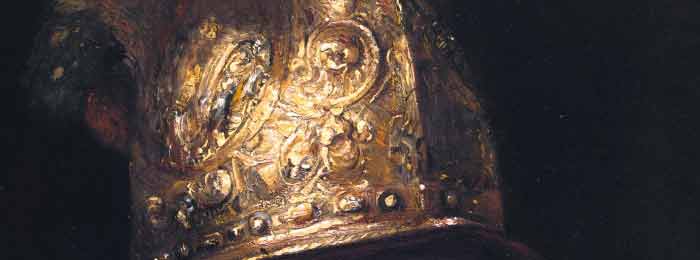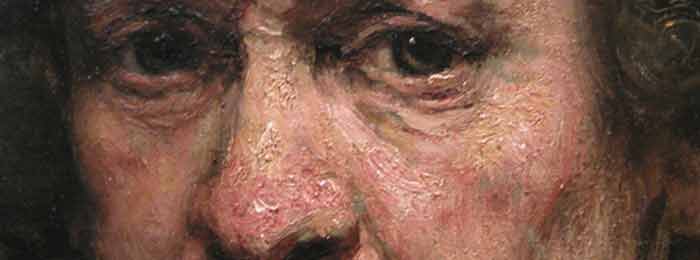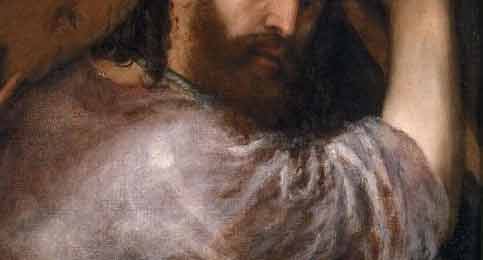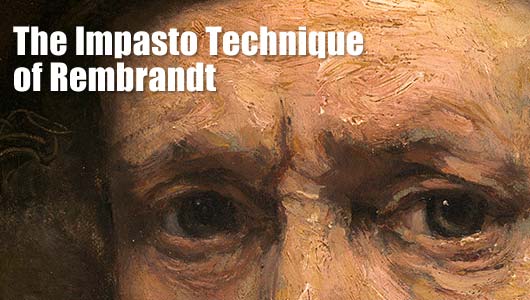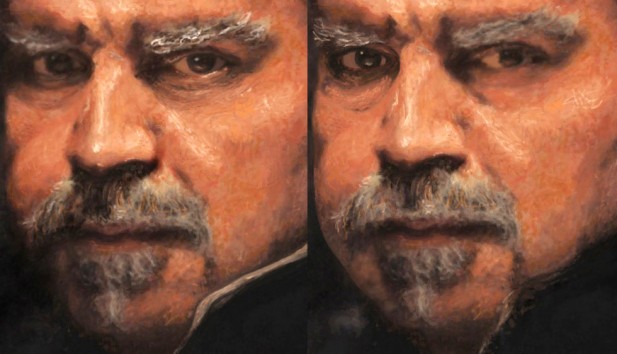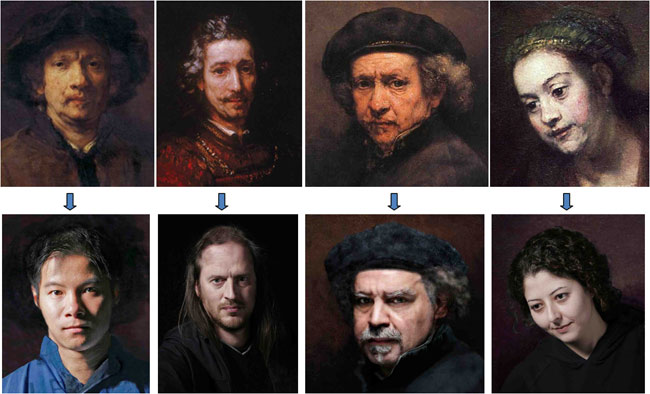On 17 Oct, 2015 With
Feedback from Robert Paolin
About to retire and rekindle my desire to paint well.
My main challenge in oil painting is depicting tonal values.
I like art of Impressionists and Rembrandt.
On the Web art Academy website I wanted to find the contents of the course and found it useful. …
Read More
On 15 Oct, 2015 With
Feedback from Ivy Daniels
Female, 54 years old. I am no longer able to work because I have chronic acute kidney failure, so I started painting because it helps keep my mind busy, off my pain and gives me goals to accomplish and everyone likes my paintings. That makes me feel good about myself and life and gives me hope.
My favorite artists are Rembrandt, Monet and Michelangelo. I love the way Michelangelo & Da Vinci do people. I’d like to learn more about that technique.
Read More
On 31 Aug, 2015 With
Rembrandt, who is thought to have learned from Jacob van Swanenburgh and Pieter Lastmann, no doubt took stylistic cues from the Flemish Technique, the Venetian Technique, and the Direct Painting Technique. When observing his work, one can see that he experimented freely with them, moving between them, but he most certainly employed them all. Over time, as he learned each method, he incorporated aspects from all into a his style—while, of course, adding innovations of his own. Some of his paintings utilize wood as a canvas, as was common with the Flemish Technique, which he appears to have used predominantly in those works. In addition to this, a few of his small studies on wood panels seem to have utilized…
Read More
On 24 Jul, 2015 With
The Rembrandt Palette Rembrandt created his portraits with a small palette of colours dominated by dark earth tones and golden highlights. Remember the number of pigments available to the 17th century artist were miniscule when compared to those available to the modern artist. Rembrandt was unusual in that he used around hundred, but less than 20 pigments have been detected in Vermeer’s oeuvre. Portraits by Rembrandt have a special quality- the brilliant use of light to illumine faces, jewels and rich fabrics; the effective use of a limited palette, and the rich, dark, transparent backgrounds all set off the subjects of his portraiture in a way never seen before and often imitated afterwards. It has been said that a painter has…
Read More
On 22 Jul, 2014 With
Rembrandt was so pleased with his innovation of glazing over dried impasto that he expanded the practice to other textures, devising a method that utilized different whites for impasto and smoother passages. His impasto white was very “lean” and had egg as an ingredient (meaning it must have dried quite quickly), ground glass, and also white lead, which was used as a binder. He generally applied it with increasing thickness in several stages, whereafter it was finished with transparent glazes and wiping, creating the lustre and dimension he is so well-known for. No other technique produces the same brilliance as Rembrandt’s. When he painted Lieutenant Ruytenburch’s uniform in “The Night Watch,” Rembrandt used this method to build up the dimensions…
Read More
On 8 Jul, 2014 With
The underpainting was a core feature of the Venetian Method, and was often executed in opaque colour, rather than neutral greys. Many colour variations existed on this technique, such as Venetian Red and Flake White, with the only real limitation lying in the fact one ought limit one’s palette to lean paints (paints with a low rate of oil absorption) which are either opaque or very high in tinting strength. High tinting strength paints with a high oil absorption rate (fat paints) may be used only if mixed in minute quantities with very lean paints, so as to keep the underpainting leaner than the layers that will be applied above. Once the colour has dried, it can be modified with…
Read More
On 1 Jul, 2014 With
“Glazing” in relation to the Venetian Method refers to the application of a darker transparent paint over a lighter area. Doing so causes light rays to pass through a transparent darker layer, bouncing off the lighter surface underneath, then returning to the viewer’s eyes, and was useful in creating subtle optical illusions. Only the Renaissance practice of glazing can produce this particular effect, one which results in the look of a warm glow and more saturated colours than the same pigment could achieve if applied more thickly and opaquely. Modern methods, with their more opaque results, lose a sense of distance when one is looking at shadows. Rembrandt’s glowing and rich dark browns owe their origins to this Venetian…
Read More
On 24 Jun, 2013 With
Creating Impastos in Oil Paintings The simplest way to create an impasto surface is to apply paint in large amounts, usually with either a brush or palette knife. Commercial oil colors have a heavy consistency, so this can be achieved by working directly from the tube applying the colors in thick layers. Opacity and built-up texture are usually interrelated, with much of the thickest impasto consisting of solid and opaque pigments, such as lead white or titanium white. Passages of thickly applied paint can also be translucent, so extender pigments are chosen that supply both bulk and transparency. The Impasto Technique of Rembrandt Impasto is paint laid on a canvas or panel in quantities that make it stand out from…
Read More
On 31 Jan, 2012 With
REMBRANDT portraits decoded A University of British Columbia researcher has uncovered what makes Rembrandt’s masterful portraits so appealing. In the study, published in the current issue of the Massachusetts Institute of Technology’s arts and sciences journal Leonardo, UBC researcher Steve DiPaola argues that Rembrandt may have pioneered a technique that guides the viewer’s gaze around a portrait, creating a special narrative and “calmer” viewing experience. Renaissance artists used various techniques to engage viewers, many incorporating new scientific knowledge on lighting, spatial layout and perspectives. To isolate and pinpoint factors that contribute to the “magic” of Rembrandt’s portraits, DiPaola used computer-rendering programs to recreate four of the artist’s most famous portraits from photographs of himself and other models. Replicating Rembrandt’s techniques,…
Read More
On 25 Jan, 2012 With
Secrets of Rembrandt’s Painting Technique Rembrandt’s paintings have transfixed viewers for centuries, but now a new study reveals a scientific explanation for their calming beauty. By painting more detail in and around the eyes of his subjects, Rembrandt tapped into an innate human attraction to the face. This creates a more calming and immersive experience for the viewer. To figure out Rembrandt’s painting secret, scientists used computer rendering to match photos of current models (and a scientist) with four of Rembrandt’s portraits. They manipulated four regions of the portraits: regions centered about each eye, on each side of the chin, and the region where the collar meets the skin of the neck. CREDIT: Steve DiPaola, James Enns, Caitlin Riebe. Steve…
Read More


